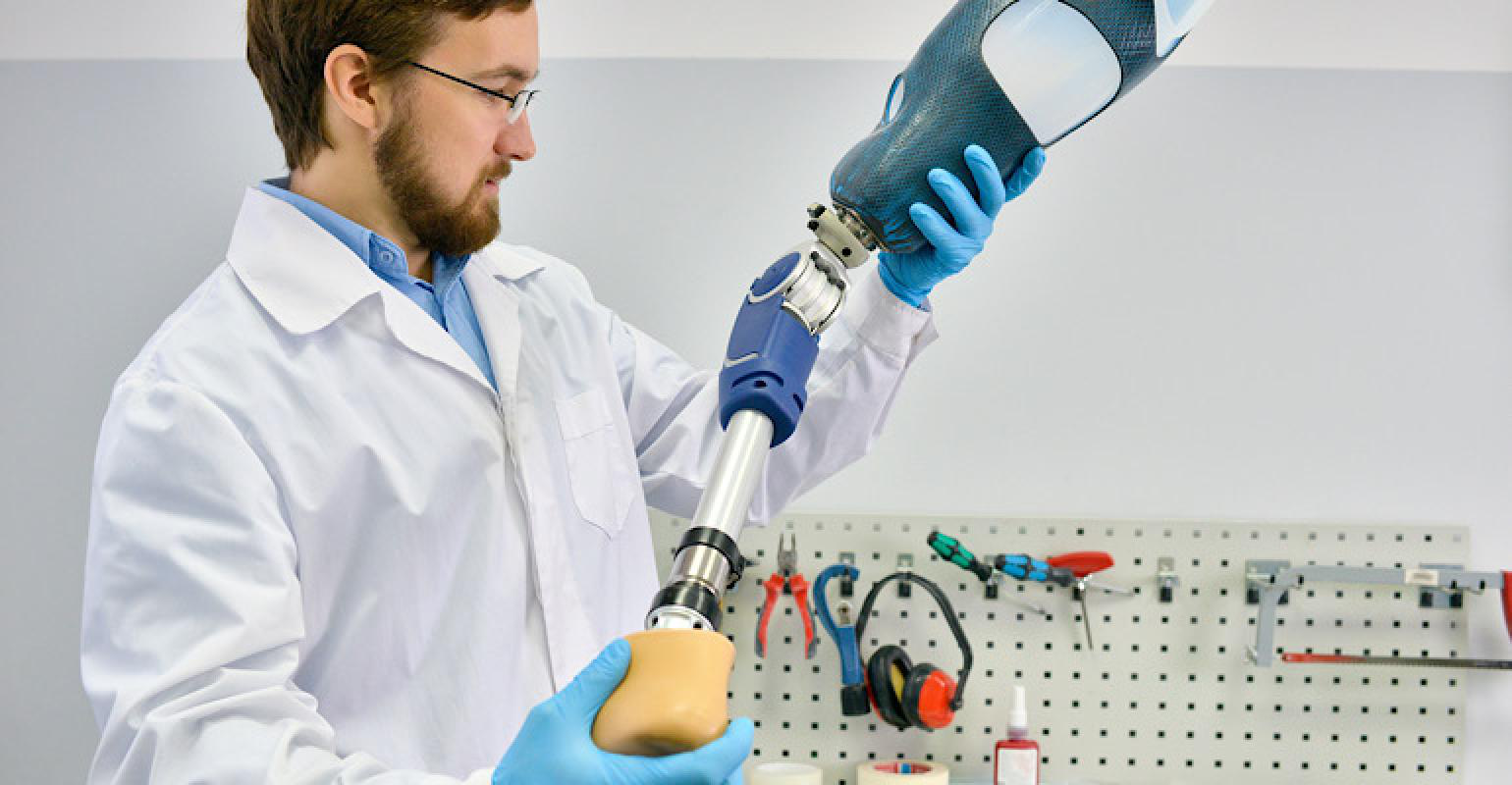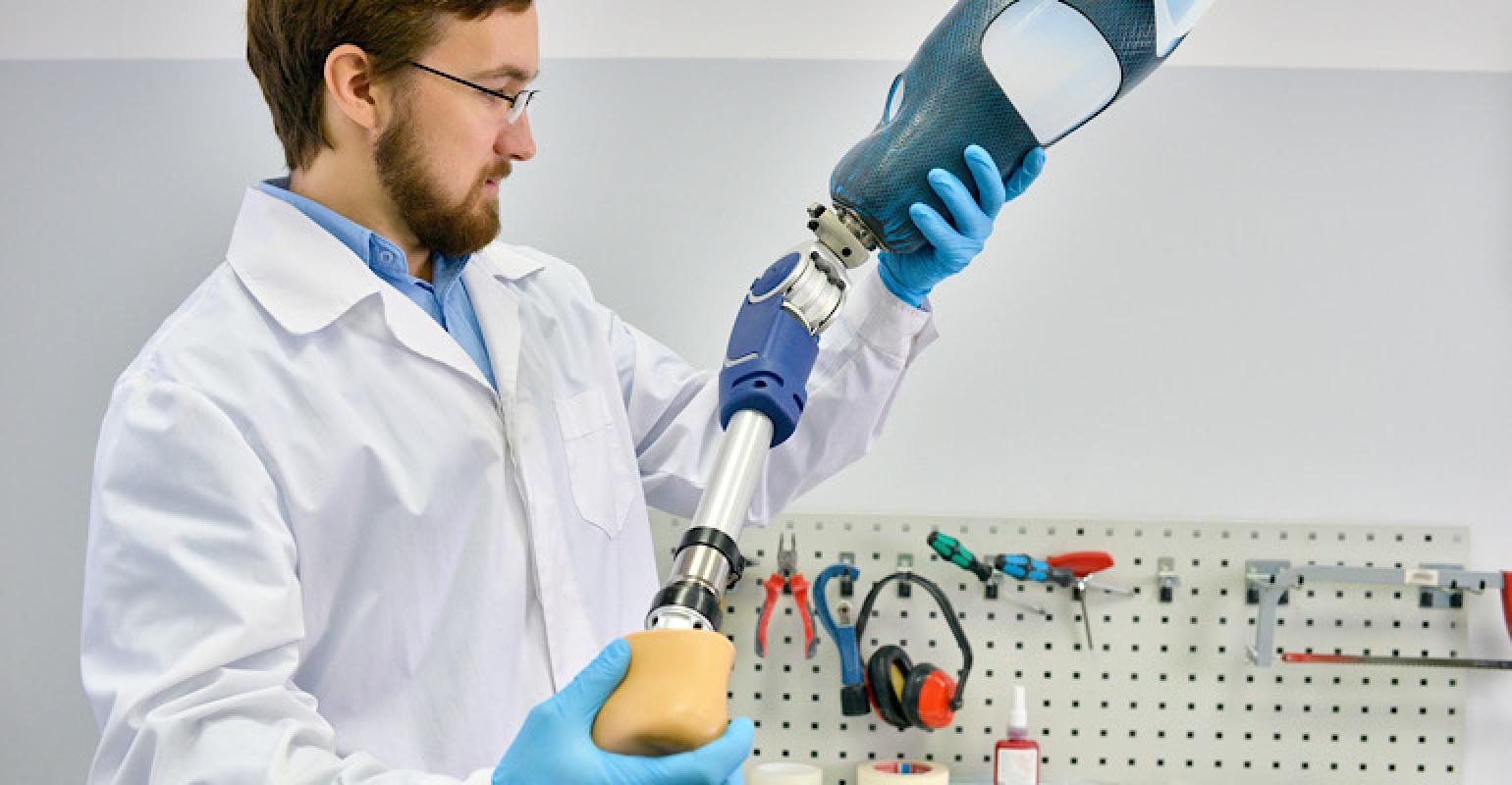Onward and Upward for Single-Use Systems in Bioprocessing
Medical therapeutic device manufacturers rely on component suppliers more than ever for best practices and safety…….

【独家】适用于3D打印组件的脱脂液
金属3D打印最常见的用途是制作简单的制造支撑应用,如夹具、固定装置和其他机械工具。但它也可用于小批量制作非常复杂的零件和手术器械……

Selecting a Debinding Fluid for 3D Printed Components
The most common use of metal 3D Printing is to make simple manufacturing support items like jigs, fixtures, and other machine tooling. But it is also used for small-volume runs of very complex parts and intricate surgical instruments…….

Brushed Versus Brushless DC Motors: What’s the Best Choice for Medical Applications?
The current global health crisis only serves to underscore the ongoing challenges faced by medical equipment OEMs.

Ready-to-Implant Device for a Complex Heart Surgery
FDA approved Edwards Lifesciences' Konect Resilia aortic valved conduit, the first pre-assembled solution for Bentall procedures.

FDA Clears Spinal Elements’s Anterior Cervical Fixation System
The device is part of the Carlsbad, CA-based company’s MIS Ultra Suite of products.

The journey towards intelligent catheters
Joe Rowan, president and CEO for USA & Europe for materials specialist Junoksha, discusses the journey towards ‘intelligent catheters.’

How gas and liquid valves improve medtech performance and efficiency
While the miniature solenoid valves might be simple in their core technology, their continued evolution makes them valuable and effective components for controlling the flow, direction and pressure of gases and fluids in today’s medical devices.

No Quartz Needed: The World’s First Crystal-less, Wireless MCU Improves IoT Designs
From blood glucose, blood pressure, and oxygen saturation monitors in the medical sector, to temperature and smoke detectors used in building automation, to e-locks used in building security, wireless microcontrollers (MCU) play a vital role in monitoring and connecting the world around us.

How catheters are becoming increasingly complex and efficient
As the neurovascular intervention marketplace accelerates toward miniaturization, innovations such as 2.5:1 peelable heat-shrink tubing (PHST), cut-to-length PHST and multi-filar active catheter solutions will come into their own.

